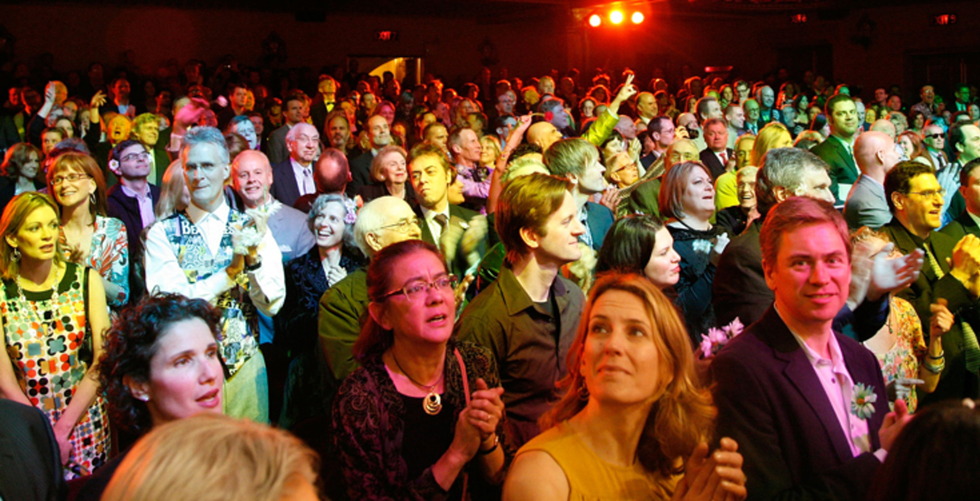
BY SHERI CANDLER |
When We Reach Out, Will They Reach Back?
Sheri Candler wonders if audiences are ready for a direct dialog with artists and what artists can do to facilitate that communication.

As much as I encourage creators to identify, communicate and collaborate with audiences in the direct way made possible through social media tools, I do wonder how audiences view this approach. Have audiences noticed we are starting to do this? Are they ready for this direct, one to one communication? Do they know what we expect to happen from this connection? Do we care what they will get from it?
In talking with people outside of the industry, I am reminded that the things we are increasingly focused on (crowdfunding, crowdsourcing, transmedia) have very little recognition. Those subjects presuppose there will be audience participation. This will happen, but largely it is not happening yet. Only those who have made consistent effort over time are seeing this participation at present.
For years, all industries have trained the audience/consumer to wait for notification when a product (project, film) was ready: ready for a theater viewing, ready for a physical copy buy (DVD or VHS before it), ready to view on television. This is a constant process of interruption marketing and the need to get attention every time there’s a new buying opportunity.
At no point in modern history were audiences asked to participate with ideas or form a direct dialog. No wonder the audience isn’t prepared for direct contact before there is anything to buy. They have been trained to be passive observers and only “professionals” or people with “artistic merit” were allowed a voice. Now anyone with a keyboard/video camera has a voice and the opportunity to be a media producer. Communication can now go back and forth in many different ways, but both sides need to be more aware of how a dialog is beneficial.
As long as companies and individual artists treat social media as just another way to broadcast one way messages to the faceless masses, little dialog will happen. Well-meaning, but backward-facing agencies soliciting “interaction” from audiences—e.g., entering contests, offering voting competitions by submitting logos, trailers and key art, making iPhone apps that are little more than advertising—as a ploy to capture contact details to market a product, not promote a dialog, will only prolong this apathy to participate.
There are a few artists who understand what the new communication tools are for and have built up a sizable audience base, not by spewing out prepackaged messages, but by actively engaging. By now most of us have heard what Kevin Smith is doing. Smith is not meeting his audience for the first time on the Red State film tour. He has been speaking with them intimately online for years to the point where he no longer needs an intermediary company to bring his films to market. Perhaps you have heard what artists like Imogen Heap, Amanda Palmer, and the people producing the film Iron Sky are doing to engage their fans. These artists are not delegating their personal connection, but actively and successfully creating an ecosystem around their work… and the fans love it.
Are passive viewers passé? We are in the in between times where the audience’s old mindset expects to receive whatever information is offered and the new mindset actively finds what they are interested in. Younger audiences are not passive, but aren’t totally aware of the ways in which they can reach back to us. And when they do, is there an ebb and flow or is this just a drive by and drop off conversation? Too many times, it is. If we want to be able to build a community around our work, we have to be willing to stay around for the conversations. This will be a learning process for us all.
Aside from producing films and providing a place for them to be viewed online, we should also consider what value we provide to the lives of the audience. Arrogance tells us that the film IS the value, but we all know not every film is valuable and now there are many more things competing for audience attention. It is no longer enough to consider just what creators get from the interaction (i.e., selling tickets and merchandise)—now we must also consider what audiences get from communicating with us. As more of us reach out to create a long-lasting dialog with our fans, audiences will eventually use that level of engagement to measure how valuable their film experience is by voting with their enthusiasm and their wallets.
